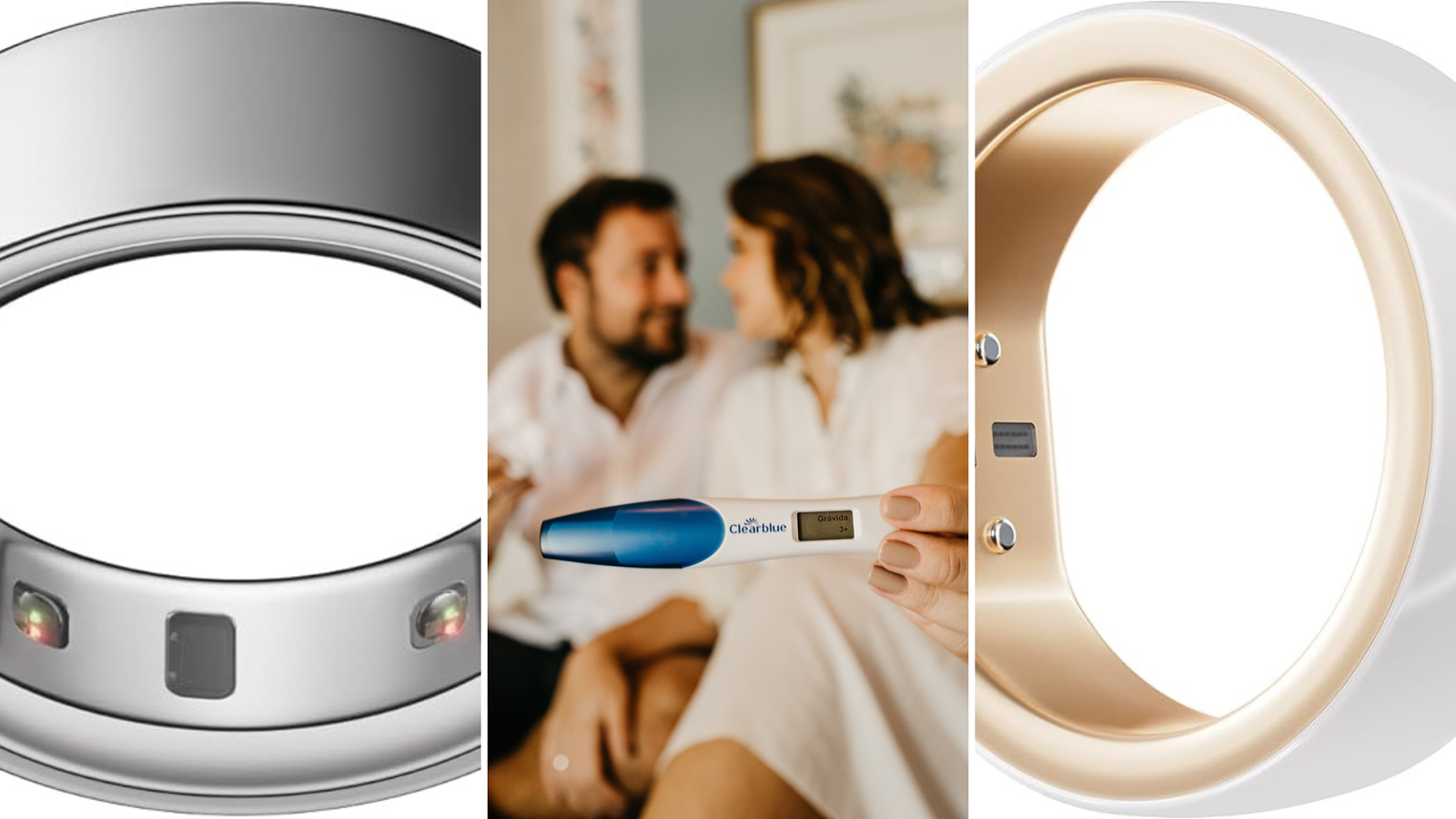Here is how to use the clomid Ovulation calculator:
- Enter the First Day of Your Last Period:
- Use the date picker to select the first day of your last menstrual period.
2. Input the Day You Started Clomid:
- Enter the day of your cycle you began taking Clomid (e.g., Day 3, Day 5). This is typically between Day 3 and Day 5 of your cycle.
3. Enter Your Usual Cycle Length:
- Provide your usual menstrual cycle length (e.g., 28 days).
4. Calculate Ovulation Day:
- Click the “Calculate Ovulation Day” button to get your estimated ovulation window and the expected start of your next period.
5. Example Output
After entering the required information and clicking the calculate button, the results will show:
- The likely window during which you’ll ovulate.
- An estimated start date for your next period.
Clomid Ovulation Calculator
This calculator provides an estimate and should not be used as a substitute for professional medical advice. Always consult with a healthcare provider regarding ovulation and fertility treatments.
Author Bio

Idris Ya’u
BSc Botany, MSc Biology
Symptoms of Ovulation After Taking Clomid
Clomid (Clomiphene citrate) is often used to stimulate ovulation in women who struggle to ovulate on their own. After taking Clomid, you might notice the following signs of ovulation:
- Increase in Basal Body Temperature (BBT): Your BBT may rise slightly after ovulation.
- Cervical Mucus Changes: You may experience an increase in clear, stretchy cervical mucus, similar to raw egg whites.
- Mild Pelvic Pain: Some women feel mild discomfort or pain on one side of the pelvis, known as mittelschmerz, around the time of ovulation.
- Breast Tenderness: Hormonal changes can cause breast tenderness or swelling.
- Heightened Sense of Smell: Some women report an increased sensitivity to smells during ovulation.
- Increased Libido: You might notice a natural increase in sexual desire.
For details about clomid, check this study.
Early Signs of Pregnancy After Clomid
After taking Clomid, if you become pregnant, you may notice these early signs:
- Missed Period: One of the earliest signs of pregnancy is a missed period.
- Implantation Bleeding: Light spotting may occur when the fertilized egg implants into the uterine lining.
- Nausea or Morning Sickness: Some women begin to feel nauseous or have morning sickness within a few weeks of conception.
- Breast Changes: Your breasts may become tender, swollen, or start to darken around the nipples.
- Fatigue: Feeling unusually tired or exhausted can be an early sign of pregnancy.
- Frequent Urination: You may notice an increased need to urinate as early as two weeks after conception.
When to Test for Pregnancy After Taking Clomid
It’s best to wait until after your missed period to take a pregnancy test. However, if you’re eager, you can start testing as early as 10-14 days after ovulation:
- 10-14 Days After Ovulation: This is usually the earliest window when a home pregnancy test might detect the hormone hCG.
- After Missed Period: Testing after your expected period date will give you a more accurate result.
- Blood Test: A blood test at your doctor’s office can detect pregnancy earlier than a home pregnancy test.
Risks of Taking Clomid When You Already Ovulate
Taking Clomid when you already ovulate may lead to certain risks, including:
- Ovarian Hyperstimulation Syndrome (OHSS): This is a rare but serious condition where the ovaries become swollen and painful.
- Multiple Pregnancies: The risk of twins or higher-order multiples increases with Clomid.
- Thinning of the Uterine Lining: Clomid can cause the lining of the uterus to thin, making it harder for an embryo to implant.
- Mood Swings: Hormonal fluctuations can lead to mood changes, including anxiety and depression.
Things to Do or Avoid While Taking Clomid
To maximize the effectiveness of Clomid and reduce risks, consider the following:
Do:
- Track Ovulation: Use ovulation predictor kits (OPKs) or monitor basal body temperature (BBT) to time intercourse.
- Follow Doctor’s Instructions: Take Clomid exactly as prescribed by your doctor.
- Maintain a Healthy Lifestyle: Eat a balanced diet, exercise moderately, and manage stress.
Avoid:
- Alcohol and Smoking: These can reduce the chances of conception and harm your baby if you become pregnant.
- Over-the-Counter Medications: Some medications may interfere with Clomid, so consult your doctor before taking anything new.
- Excessive Caffeine: Limit caffeine intake, as it may negatively affect fertility.
Tips for Getting Pregnant on Clomid
Here are some tips to increase your chances of getting pregnant while on Clomid:
- Time Intercourse: Have sex every other day starting a few days before you expect to ovulate until a few days after.
- Stay Hydrated: Drink plenty of water to help maintain healthy cervical mucus.
- Monitor Your Cycle: Keep track of your menstrual cycle and ovulation symptoms.
- Consider Intrauterine Insemination (IUI): If Clomid alone isn’t working, talk to your doctor about combining it with IUI.
- Be Patient: It may take a few cycles on Clomid to achieve pregnancy, so try to stay positive and patient.
These tips and guidelines can help you navigate your Clomid journey, increasing your chances of success while staying informed about potential risks and signs to watch for.
Check this study for details on how to choose the right dosage for clomid.
Tools:
- Luteal phase calculator
- BBT Temperature Converter
- Birth control calculator
- Bishop Score Calculator
- Due Date Calculator
- Breast Cancer Recurrence Risk Calculator
- Breastfeeding Calories Calculator
- Clomid Ovulation Calculator
- Conception Calculator
- Due Date Calculator
- Egg Freezing Calculator
- Flange Size Calculator
- Ideal Weight To Get Pregnant Calculator
- Implantation calculator
- IVF success calculator after retrieval
- Menstrual or Implantation Bleeding Quiz
- MCA PSV MoM calculator
- hCG Levels Calculator
- IVF Due Date Calculator
- Who Got Me Pregnant Calculator
- Conception Calculator
- Pearl Index Calculator
- Flange Size Calculator
- Period Calculator
- TIRADS Calculator
- Egg Freezing Calculator
- Fundal Height Calculator
- Pregnancy Weight Gain Calculator
- Chances of Having Twins Calculator
- VTE Risk Score Calculator
Reference
- Mbi Feh MK, Patel P, Wadhwa R. Clomiphene. [Updated 2024 Jan 11]. In: StatPearls [Internet]. Treasure Island (FL): StatPearls Publishing; 2024 Jan-. Available from here
- Agrawal K, Gainder S, Dhaliwal LK, Suri V. Ovulation Induction Using Clomiphene Citrate Using Stair – Step Regimen versus Traditional Regimen in Polycystic Ovary Syndrome Women – A Randomized Control Trial. J Hum Reprod Sci. 2017 Oct-Dec;10(4):261-264. doi: 10.4103/jhrs.JHRS_15_17. PMID: 29430152; PMCID: PMC5799929.
- Huyghe L, Robin C, Dumont A, Decanter C, Kyheng M, Dewailly D, Catteau-Jonard S, Robin G. How to Choose the Optimal Starting Dose of Clomiphene Citrate (50 or 100 mg per Day) for a First Cycle of Ovulation Induction in Anovulatory PCOS Women? J Clin Med. 2023 Jul 27;12(15):4943. doi: 10.3390/jcm12154943. PMID: 37568345; PMCID: PMC10420149.


